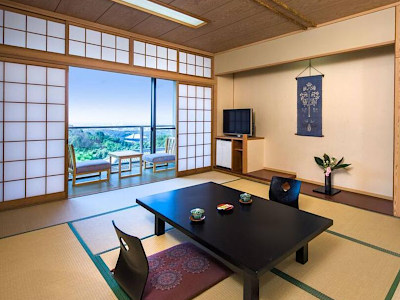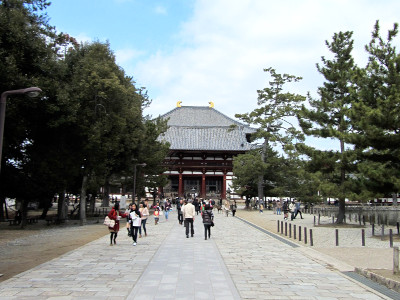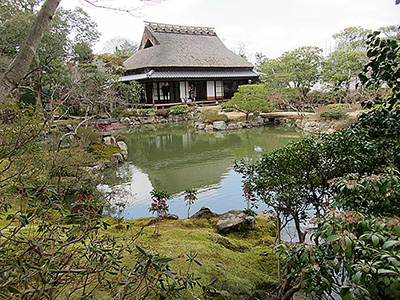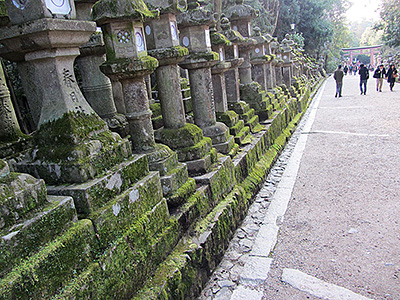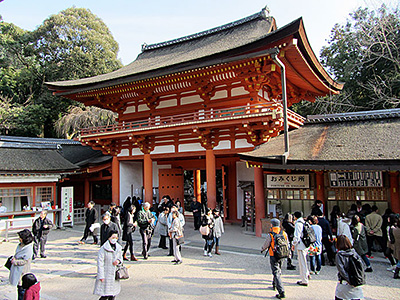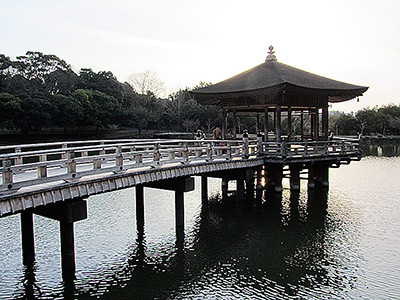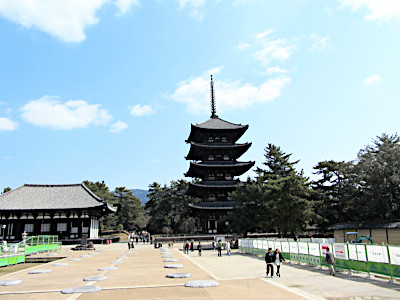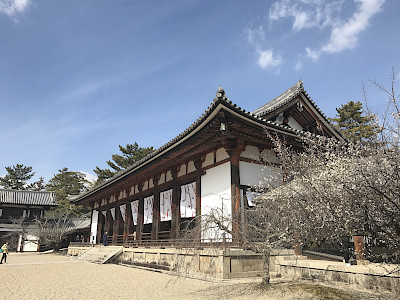Kasugayama Primeval Forest in Nara
This post can contain affiliate links, which means that we may receive a small commission if you make a purchase using these links.
Facts & Figures
Kasugayama Primeval Forest, a UNESCO World Heritage Site, is located right behind the Kasuga Taisha Shrine in Nara. Many subsidiary shrines of Kasuga Taisha are scattered throughout the ancient forest and are still places of worship and more than three thousand carved stone Buddhas can be found here. This virgin forest covers an area of 2.98 square kilometers near the top of sacred Mount Kasuga.
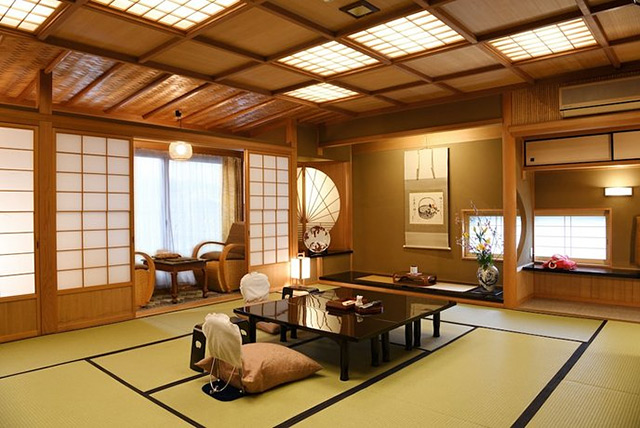 Experience the Ultimate Japanese Hospitality at a Nara Ryokan.
Experience the Ultimate Japanese Hospitality at a Nara Ryokan.
Find Your Perfect Ryokan Now >
No tree has been chopped here and no deer hunted for more than 1000 years. In Japan, these sacred shrine forests are called chinju no mori. The biodiversity of this ecosystem is incredible with 175 different kinds of trees, like the oaks and beech trees, around 800 species of plants, 60 bird types, 1180 insect species, unique animals like the clouded salamander, Loomis butterfly, Zhangixalus arboreus (forest green tree frog), endangered ruddy kingfisher, and the Hime Haru cicada. The forest was designated as a Special Natural Monument in 1955.
My tips for local activities

How about exploring the highlights and hidden gems of the fascinating city Nara with a local guide? The personalized tour by our partner GetYourGuide can take between 2 - 6 hours. For more details check out this page >
History
Kasugayama Primeval Forest has been protected since 841, a time when Emperor Ninmyo (808 – 850) was in power. It was not allowed to hunt or chop trees. From the Heian period (794 - 1185) to the Kamakura period (1185 – 1333) the forest was a training place for monks in Nara. Till the end of World War 2, the public was prohibited from entering the area. Now walking trails are available for everyone. In 1955 Kasugayama Primeval Forest was declared a Special Natural Monument. It got the status of a UNESCO World Heritage Site in 1998 under the label Historic Monuments of Ancient Nara.
Location

Kasugayama Primeval Forest is located in the eastern part of the Nara Park behind the Kasuga Taisha Shrine.
Address: 160 Kasugano-cho, Nara, 630-8212, Japan
How to get to Kasugayama Primeval Forest/Kasuga Taisha Shrine?
- 20min from Kintetsu Nara Station served by Nara and Kyoto Line or
- 40min from JR Nara Station served by Yamatoji, Nara, Gakkentoshi, Sakurai Line or
- 8min from Kintetsu Nara Station by bus to Kasuga Taisha Honden stop
Sightseeing spots within the Kasugayama Primeval Forest
Top:
Kasugayama Mountain Trail - The starting point of the trail is at the south entrance right behind Kasuga Taisha Shrine. It takes approx. 2 hrs to finish the hike. Along the way, you will see many Jizo statues (Buddhist stone statues) and small shrines.
Mizuyachaya - This little restaurant at the north entrance (between Kasuga Taisha Shrine and Todai-ji) of the forest offers everything a motivated hiker needs.
Mt. Wakakusa - The view from the top over Nara is amazing. You can combine this with a very popular 10 km hiking trail starting at Kasuga Taisha Shrine -> Mount Wakakusa -> Kasugayama Primeval Forest.
Uguisu no Taki - The medium-sized waterfall is embedded in beautiful scenery.
Kasuga-yama Stone Caves - The caves inside the primeval forest served as burial sites or places for ritual activities. It is believed that they were used during the Nara period (710 - 794).
Festival & Events at Kasuga Taisha Shrine (dates can change without notice)
February
Setsubun Mantoro (2nd - 4th)
This is one of the best times to visit Kasuga Taisha Shrine. All of the 3000 shrine's lanterns are lit at once on the 3rd of February between 6:30 pm and 9:00 pm. This event has a history of more than 800 years.
March
Kasuga Matsuri (Monkey Festival) (13th)
This festival features gagaku ("elegant dance", performed for centuries at the Imperial court) and bugaku (classical Japanese dance of Chinese origin) dance performances.
August
Obon Mantoro (14th - 15th)
Similar to the Setsubun Mantoro in February all of the 3000 shrine's lanterns are lit at once between 6:30 pm and 9:00 pm.



